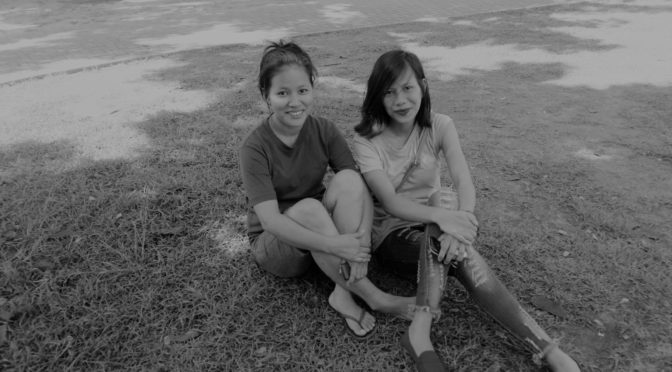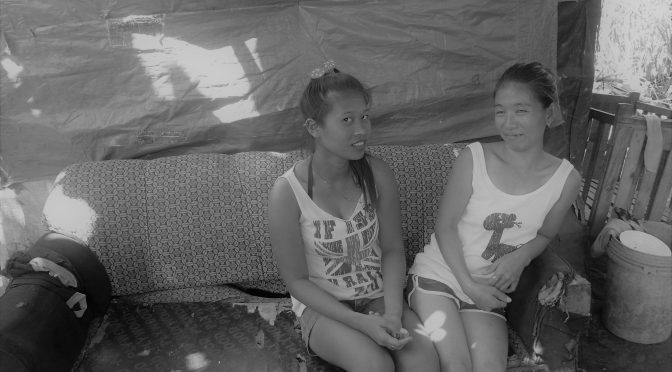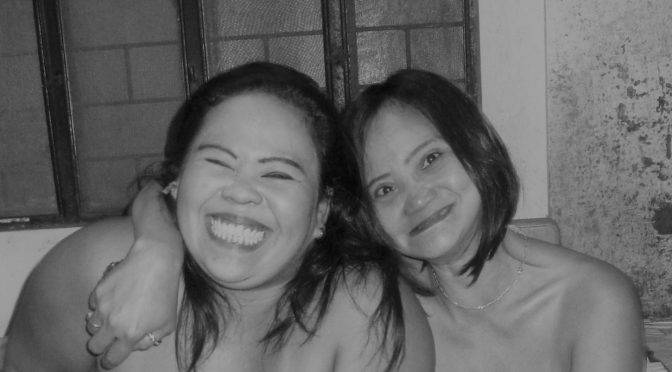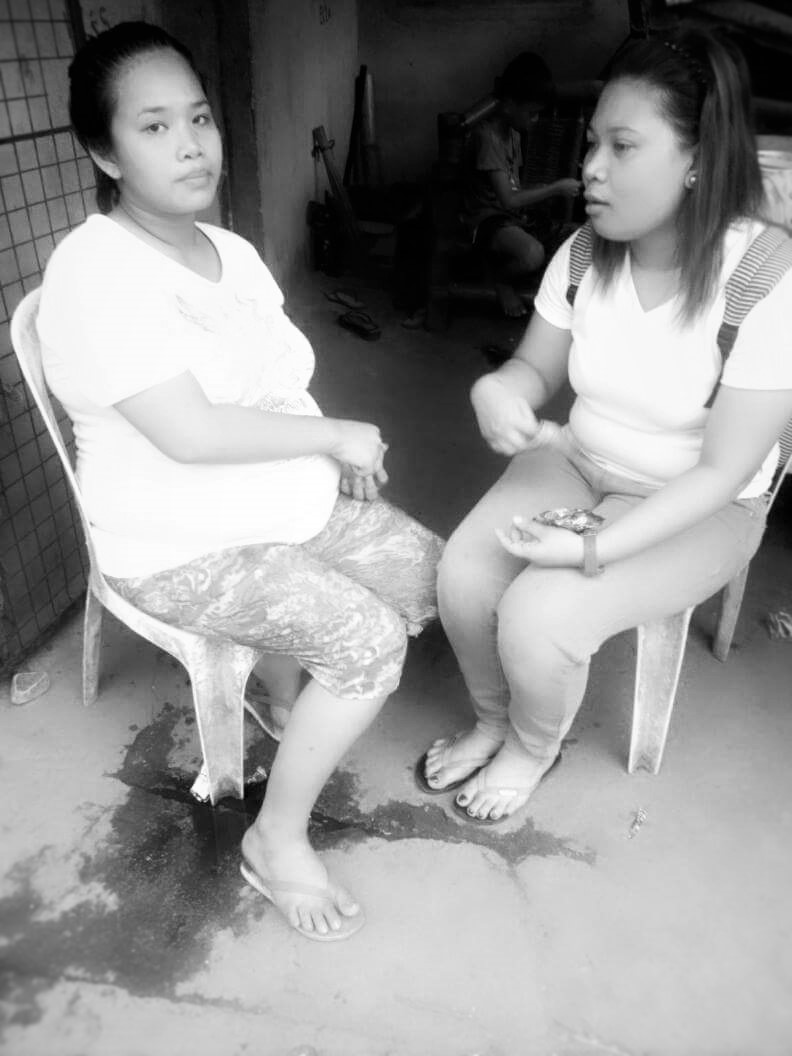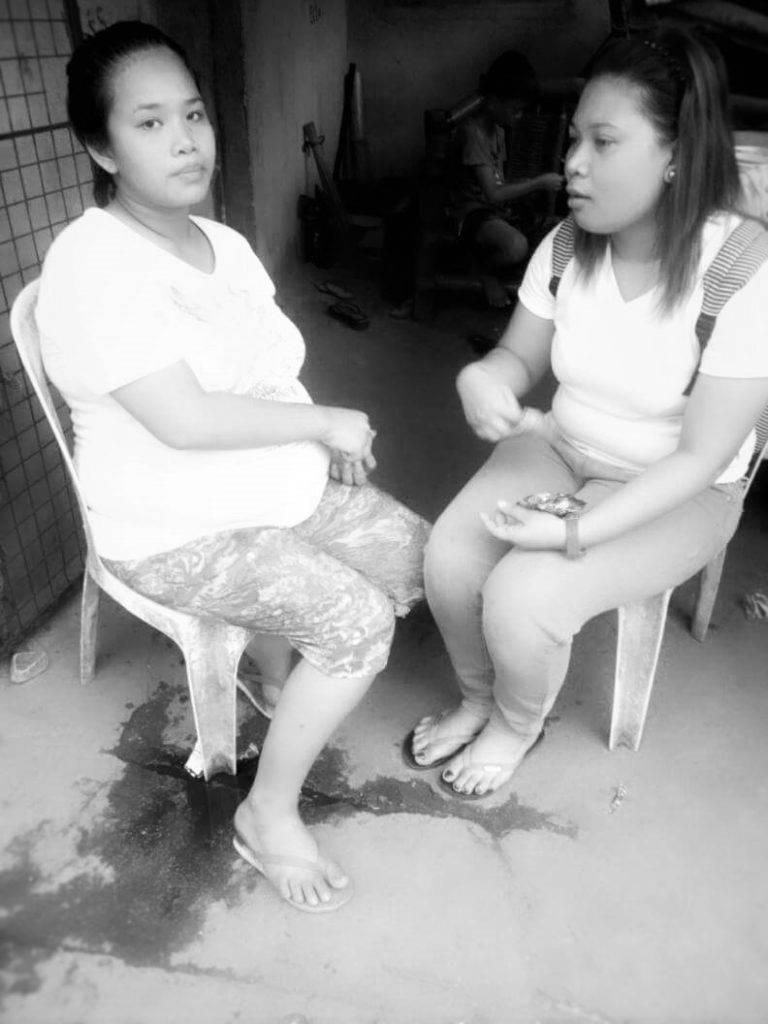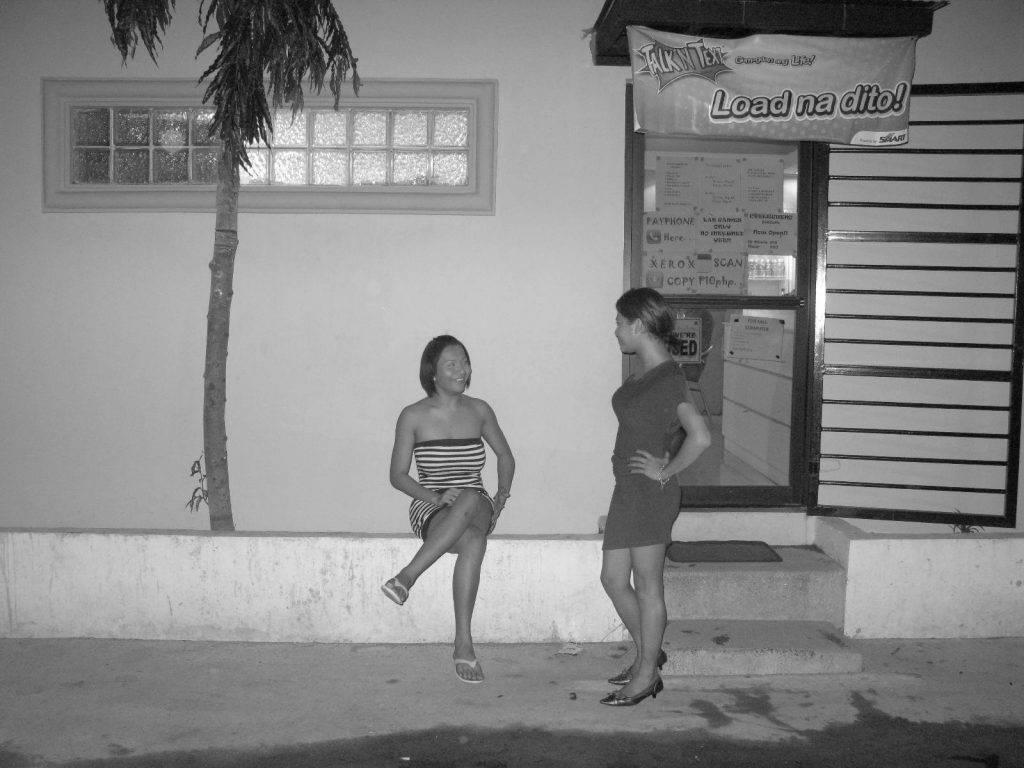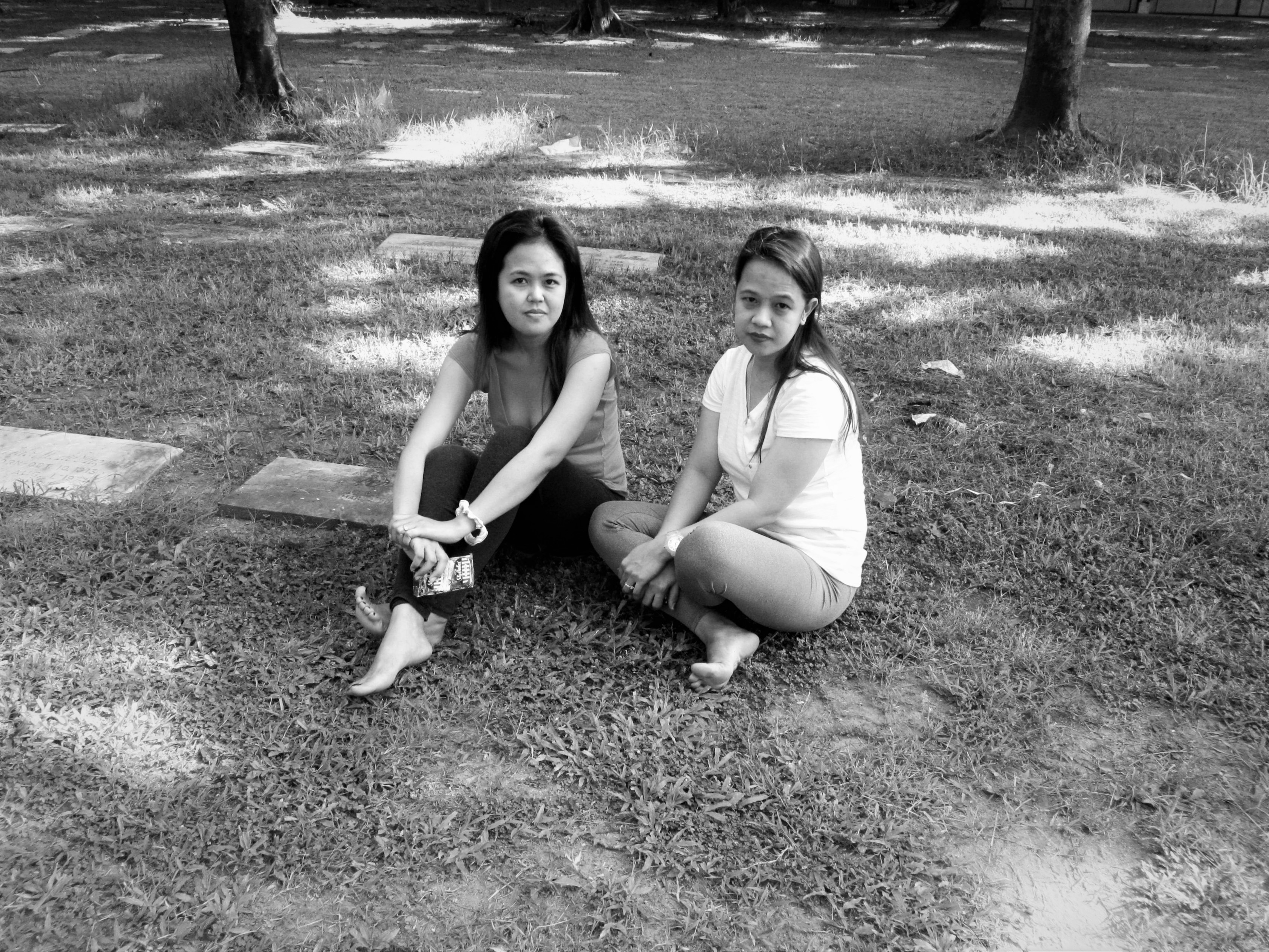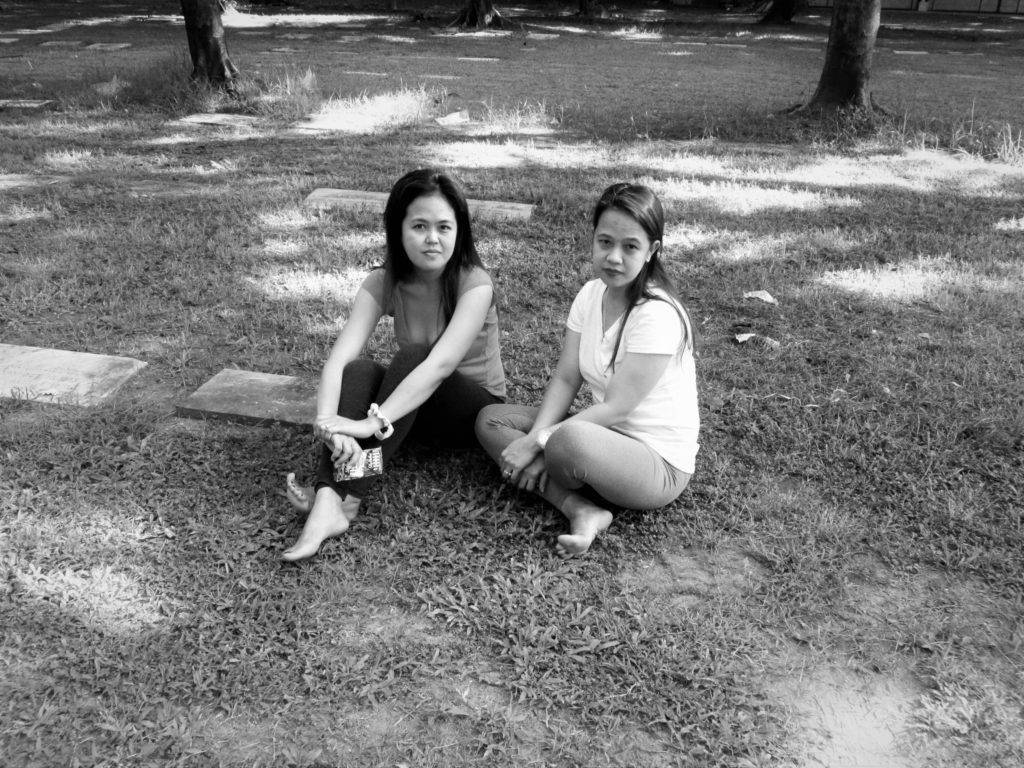Based on December 2016 interview
From the Angeles City barangay Pulung Bulu, sisters Joanna, 23, and Patricia, 21, are natives to the area. They are two of three sisters and nine siblings presently living with their family. Their father, 64, is unemployed and their mother, 54, makes a living laundering clothing. Though their mother had had a high school education, their father’s education was limited. As single mothers, it was important to find a vocation. After high school, Patricia and Joanna developed the hand-eye coordination to earn a living operating sewing machines working as dressmakers. Because of the popularity of ornate pageants and festivals, the need for costumes is always in demand.
Shop Amazon Devices | All-new Fire HD 10 Kids EditionOlder sister Joanna began working at the age of 18 and has been working as a dressmaker ever since she began adulthood along with her sister. She began working full time to help her mother and father with household expenses. She had a close relationship with Patricia as children which has carried on through adulthood.
Currently involved in a relationship, Joanna and her current boyfriend first crossed paths at work while visiting for a delivery. Satisfied, with her recent relationship, Patricia loves her new boyfriend. She likes doing what most couples enjoy such as dating and spending quality time. “He is hardworking and loves me unconditionally,” Joanna says of her love interest. Despite the difficulties associated with the institution of marriage, it is a promising prospect for Joanna. However, for 23-year-old Joanna, marriage ranks low on her list of priorities. Beforehand, Joanna aspires to travel abroad to a Middle Eastern country such as Bahrain to earn money to advance her education and become financially stable. “I want to study more and grow more,” Joanna says of her plans before contemplating marriage.
Joanna’s sister and workmate describes coming from a big family as “hard at first” but ultimately “happy and fun.” She enjoyed learning new and playing with her siblings. Patricia has the utmost respect for her parents. She began working full time to help her mother and father with household expenses. She had a close relationship with Joanna as children which has carried on through adulthood.
Content with life in the Philippines, apart from the Filipino way of life, Joanna says she loves living in the Philippines because she is close to her family and friends and people she encounters daily are warm and hospitable. She is happy with her current job because of the ease of work and fun working environment. “Typically, we take orders from our clients in a given time. We do our job. Usually, in a day, we make ten to fifteen dresses,” she says of a common workday. She likes the controversial new president Rodrigo Duterte. “I think he’s a good president and can do (make) good change in our country [the] Philippines…”
